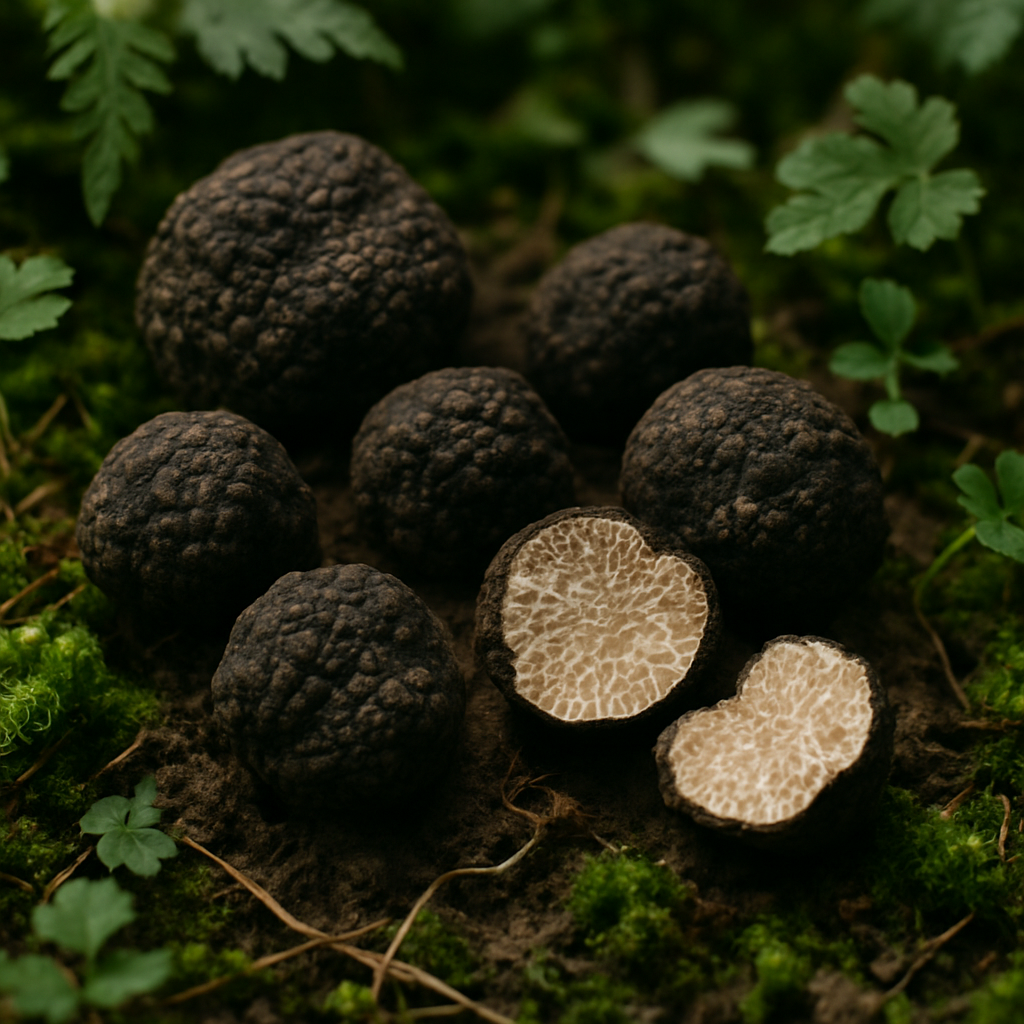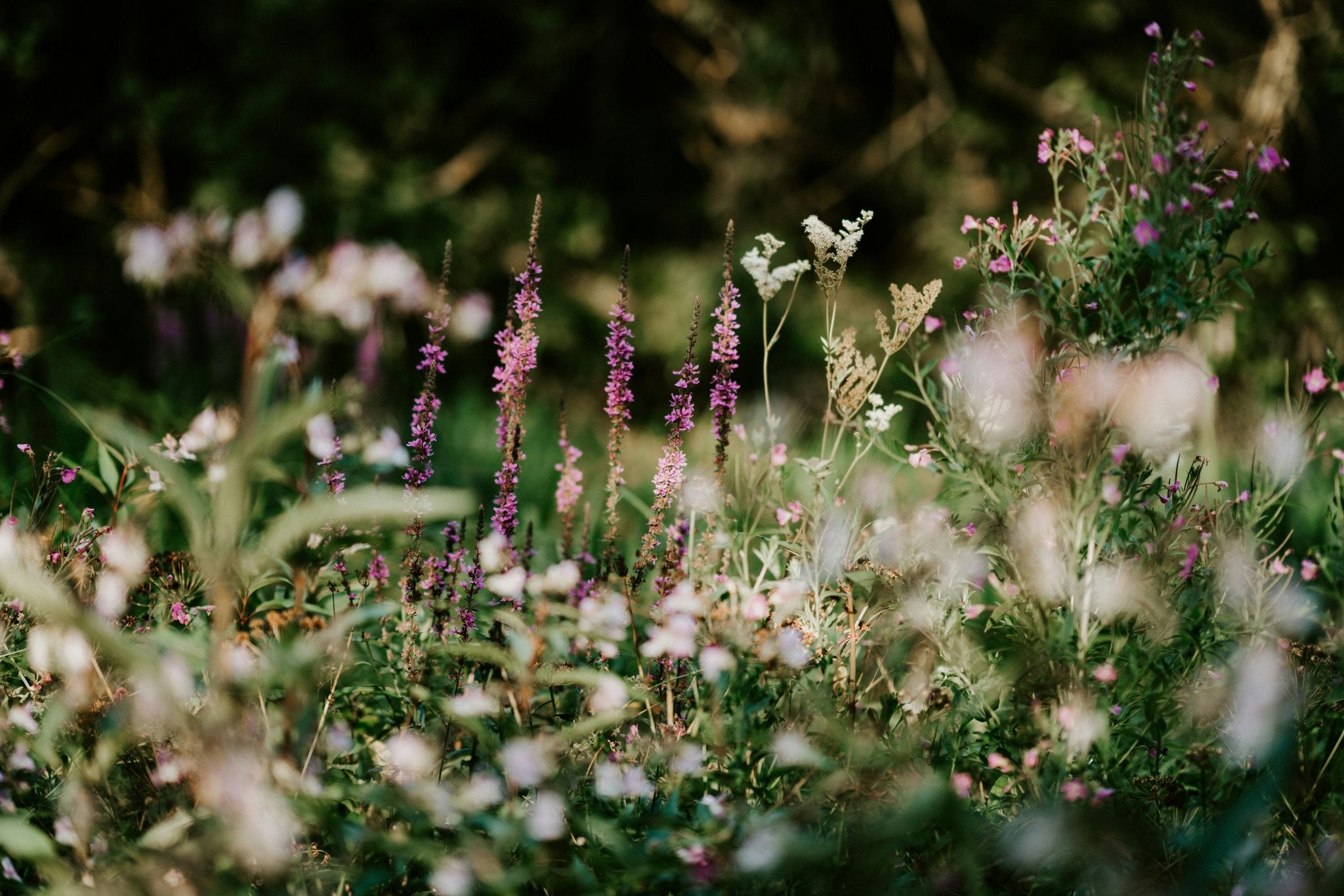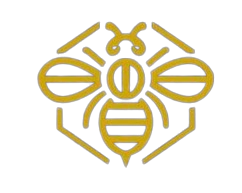The Random Bee Wildflower Initiative: Cultivating Nature’s Beauty for a Sustainable Future
At The Random Bee, we’re passionate about preserving the environment and promoting sustainable practices that have a long-term positive impact. One of the key projects we’re excited about is our Wildflower Initiative, designed to restore natural habitats, increase biodiversity, and create beautiful landscapes that benefit both the environment and local communities.
Through planting wildflowers and using creative methods like seed bombs, we’re making it easier for everyone to help foster biodiversity. We’re proud to follow the recommendations from the Royal Horticultural Society (RHS), which highlights the best flowers for creating a vibrant, diverse environment. Here’s why our initiative is so important and how it can benefit the planet.
What is The Random Bee Wildflower Initiative?
The Wildflower Initiative is a large-scale, long-term project focused on planting native wildflowers in carefully selected locations to restore and protect ecosystems. Wildflowers are a vital part of our natural environment, providing food and shelter for pollinators, birds, and small mammals.
Our initiative goes beyond simply planting flowers. We’re committed to using seed bombs, a fun and easy way for anyone to contribute to the project, even in urban spaces or areas where traditional planting may be challenging. Seed bombs contain a mix of wildflower seeds, clay, and compost, which can be tossed into areas that need revitalization. These seeds, chosen based on RHS recommendations, are tailored to attract pollinators and thrive in local climates.
By planting a mix of these RHS-recommended wildflowers, we’re providing critical resources for wildlife, while also contributing to the beauty of our landscapes and promoting sustainable practices.
The Environmental Benefits of the Wildflower Initiative
The Wildflower Initiative is designed to have a broad and positive environmental impact. By planting a variety of wildflowers, particularly those recommended by the Royal Horticultural Society, we are supporting pollinators, improving soil health, and increasing biodiversity. Here’s how these plants make a difference:
1. Supporting Pollinators
Pollinators like bees, butterflies, and moths are essential to the health of ecosystems and agriculture. Wildflowers are an excellent source of nectar and pollen, offering essential food for these vital insects. Many of the flowers recommended by the RHS, such as Oxeye daisies, Cornflowers, and Poppies, are specifically chosen for their ability to attract a wide range of pollinators.
By planting these flowers, we’re providing more food sources for pollinators, helping to reverse the decline in their populations. This, in turn, supports the wider ecosystem, ensuring healthy soil and stronger, more resilient plants.
2. Enhancing Biodiversity
Biodiversity is key to a thriving ecosystem. When we plant a variety of native wildflowers—especially those recommended by trusted organisations like the RHS—we create a habitat for a range of wildlife. This includes everything from insects and pollinators to birds and small mammals. For example, RHS-recommended flowers such as Lavender, Thyme, and Wild Geranium attract insects like hoverflies, which feed on aphids and other garden pests, helping to maintain balance in the ecosystem.
By planting a diversity of wildflowers, we ensure that multiple species of wildlife can thrive, increasing biodiversity in the local area.
3. Improving Soil Health and Preventing Erosion
Wildflowers help to maintain healthy soil by preventing erosion. Their strong, deep roots hold the soil in place, reducing the risk of soil degradation. Additionally, as wildflowers mature and die back, they naturally enrich the soil with organic matter, improving its fertility over time. This is crucial for ensuring that the soil remains productive and supports the growth of future plants.
Many of the wildflowers we plant are RHS-recommended species that are well-suited to a variety of soil types, helping to improve and maintain healthy soil in diverse conditions.
4. Creating Natural Habitats
Wildflowers don’t just beautify the landscape—they create important habitats for wildlife. The flowers themselves provide nectar for bees, butterflies, and other insects, while the plants also offer shelter and food for birds and small mammals. By planting wildflowers, we’re helping to create essential corridors for wildlife to thrive.
These flowers also offer a natural habitat for natural predators like ladybirds, which eat pests such as aphids, contributing to a healthier, more sustainable environment.
The Power of Seed Bombs: A Fun, Accessible Way to Promote Diversity
One of the easiest and most effective ways to participate in The Random Bee Wildflower Initiative is by using seed bombs. These small, compact balls of wildflower seeds, clay, and compost can be thrown into areas in need of restoration, whether they are urban patches, vacant lots, or garden spaces. The Royal Horticultural Society (RHS) provides valuable recommendations on which wildflower species work best in different regions, ensuring that the seeds planted will thrive and attract local wildlife.
Seed bombs are a wonderful tool for individuals, schools, and communities to get involved in biodiversity restoration. They can be tossed into bare patches of land, neglected spaces, or areas that could benefit from the addition of wildflowers. The RHS encourages the use of wildflowers such as Dandelions, Forget-Me-Nots, and Cowslips to create rich, diverse ecosystems.
Not only are seed bombs an eco-friendly way to plant, but they are also a fun, hands-on approach to environmental action. They’re perfect for spreading biodiversity in a simple, effective way—no experience or garden tools necessary!
The Random Bee’s Commitment to Sustainability
At The Random Bee, sustainability is at the heart of everything we do. Our Wildflower Initiative is just one part of our broader mission to restore the environment and encourage sustainable practices. By following the RHS guidelines for wildflower planting and promoting the use of seed bombs, we are helping to improve local ecosystems, support pollinators, and promote a greener, more sustainable future for all.
We believe that even small actions can have a big impact. By planting wildflowers, whether in your own garden, at a community event, or through a seed bomb initiative, you’re contributing to the health and beauty of the planet.
How You Can Get Involved
There are many ways for you to get involved in The Random Bee Wildflower Initiative and help make a difference for the environment:
- Support Our Wildflower Products: By purchasing our wildflower-related products, you’re helping fund the planting of wildflowers and seed bombs in areas that need it most.
- Create Your Own Seed Bombs: Join the movement by creating and planting your own seed bombs using RHS-recommended wildflower seeds. It’s a fun and easy way to contribute to biodiversity in your local community.
- Spread the Word: Help raise awareness about the importance of wildflowers by sharing our mission with others. Encourage friends and family to plant wildflowers or start their own seed bomb initiatives.
- Volunteer with Us: Join us for community planting days where you can directly contribute to the Wildflower Initiative. Together, we can create more green spaces and support local pollinators.
Conclusion: Growing a Wilder, Greener World with Wildflowers
The Random Bee’s Wildflower Initiative is more than just about planting flowers—it’s about creating sustainable, diverse ecosystems that support wildlife and enhance the beauty of our landscapes. By following the RHS flower recommendations and using seed bombs, we’re making it easier than ever for people to get involved and help support the planet.
Together, we can create a future where wildflowers bloom across the landscape, pollinators thrive, and biodiversity flourishes. Join us in growing a greener, more sustainable world, one wildflower at a time.
This version of the page includes the concept of seed bombs, drawing on the RHS flower recommendations to highlight how they can contribute to biodiversity and environmental restoration. It emphasizes the ease and accessibility of seed bombs as a way for everyone to participate in this important initiative. Let me know if you need further adjustments!

The Random Bee's Truffle Tree Initiative: Planting for a Greener, Wilder Future







